....alright....I suppose there is debate about whether or not the Timber Wolf (Canis lupus lycaon) is a valid subspecies....and regardless, the US Fish & Wildlife Service has deemed that we can only have the Gray Wolf (Canis lupus) in our part of the U.S.......but "Timber Wolf" fit into the title so well!
Anyways, with the nice weather (unseasonably warm...in the 80s in March, which here doesn't happen until May) hiking is a viable daytime activity.
So, the kid and I went to a nearby state forest for a little hike. She's sort of a paradox, this daughter of mine. A nearly perfect mix of myself and her mother, as evidenced by the outfit she selected for a day of getting dirty (which she has no problem doing...nor picking up anything that she finds interesting, including a nugget of Canada Goose turd, which she threw into the water, before I could stop her...).
So...the chosen get-up included a shirt with colorful print, the skirt from her Snow White dress-up outfit, a pair of leggings with whales on it, and her La Crosse brand rubber boots. This was drawn together with a plush purse, in which she carried countless treasures...including an orange (which I had not seen her grab) that she proudly produced later after exclaiming she was hungry.
One of the first things we found along the trail was a pond with a boardwalk that allowed us to walk out over the water.
The Spring Peepers (Pseudacris crucifer) were screaming around the pond peripheries....which possessed a nice buffer of flooded woodlands. These were the first Peepers I've heard this spring, although I've recieved reports of them calling for the past several weeks by colleagues (which is very early, by the way).
There were also Painted Turtles (Chrysemys picta) to burn in this little pothole scoured out by the glaciers. It seemed that every available space above the water line, be it log, stick or clump of mud, had a turtle basking on top of it. Some were even close enough to snap a picture of with a camera that has little zooming ability.
The best part, however, was peering down into the clear wetland water. It teemed with activity, and we were obliged to get down and take a closer look.
Water striders and other aquatic invertebrates were plentiful. I even watched a leech swimming sinuously through the substrate. But what drew our attention most were the amphibians. It seemed that every square foot of real-estate was occuppied by large a tadpole. Based on the fact that they were already sizeable this early in the spring, it's a no-brainer to assume they were a member of the Family Ranidae, and almost certainly Green Frogs (Rana=Lithobates clamitans). Green frogs lay their eggs late in the summer and the tadpoles remain as tadpoles through winter, only to metamorphose in the following summer. With the exception of the Bullfrog (Rana=Lithobates catesbeiana), all other frogs in our region have tadpoles that hatch and develop into froglets during the same season. It's possible these were Bullfrog tadpoles, but they just didn't seem big enough to me.
Anyways, the tadpoles were neat...but they dont' really move much. They basically sat in one place, soaking up some of the rays penetrating through the water's surface. Much more interesting to watch were the Eastern Newts (Notophthalmus viridiscens). These little guys were fairly numerous as well, we could see them pushing through the leaf litter at the bottom of the pond, and occassionally swimming up to the surface. As I've mentioned before, the newt is a most amazing amphibian. It has several possible "phases" in which it can exist: an aquatic adult, a terrestrial adult, an aquatic juvenile and a terrestrial juvenile. Basically, these phases are adopted depending on environmental conditions. If the newt grows up in a wetland that doesn't dry out, they will go from an aquatic juvenile to an aquatic adult. But, should the water levels receed, they are capable of transforming into a terrestrial adult, or a terrestrial juvenile. The terrestrial juvenile is beautiful, and is often referred to as a Red Eft.
The individuals my daughter and I saw were adults, and clearly in the aquatic phase.
All of this information: the basking turtles, the tadpoles that need to over-winter, and the newts in their aquatic phase tells us something important (albeit not unusual) about this wetland: it rarely goes dry....or is not ephemeral. If it went dry by the end of the summer, there would be nowhere for the turtles and tadpoles to overwinter....and the adult newts would have transformed from their aquatic phase to their terrestrial phase.
__________________________________________________________________________
We passed the State Park's headquarters during our adventure. They had a neat little museum, which we made use of, seeing that the kid loves to look at stuffed dead things (the reason she likes museums so much, I suppose).
A number of cool dioramas, including this rather comical scene of a pair of River Otters cleaning up the leavings of an ice fisherman (as a Mink watches from the cattails).
There was also a nice mount of a Gray Wolf (Canis lupus), which made for a perfect photo-op.
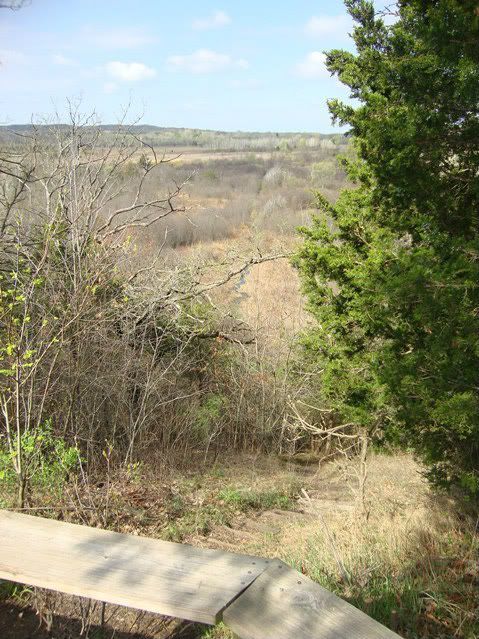
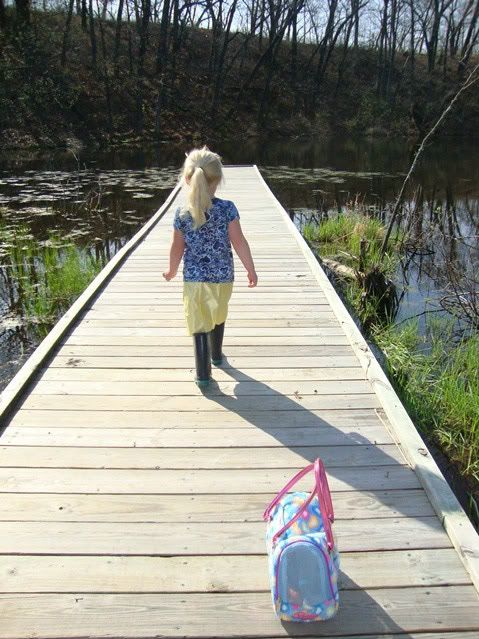


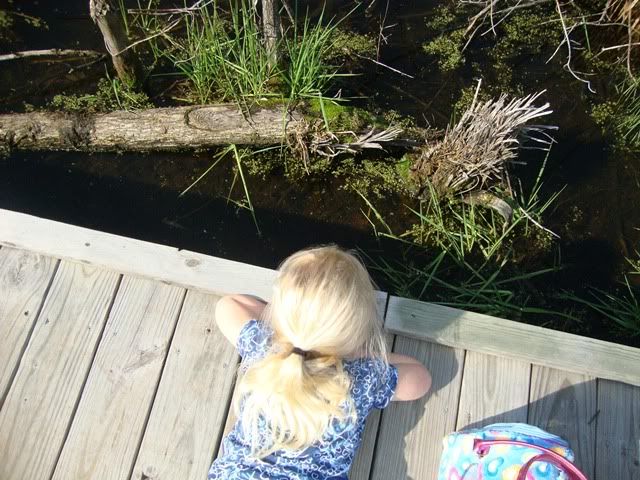


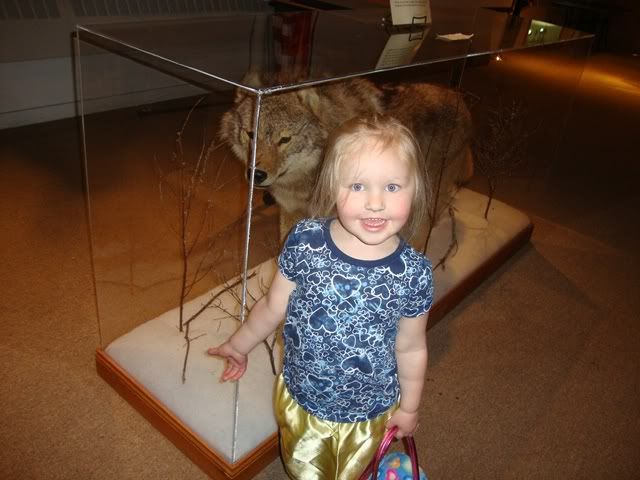
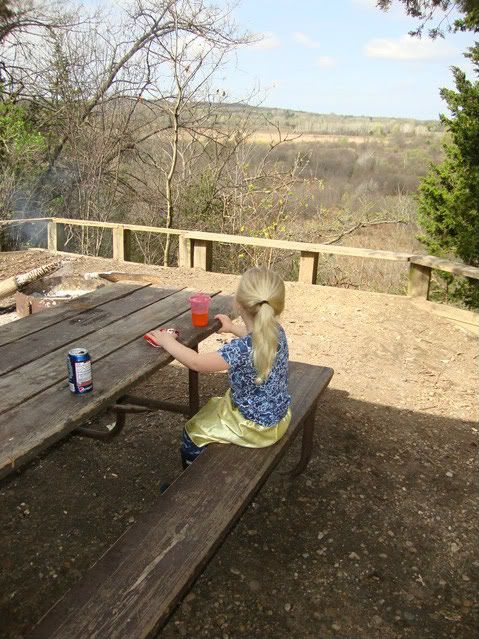
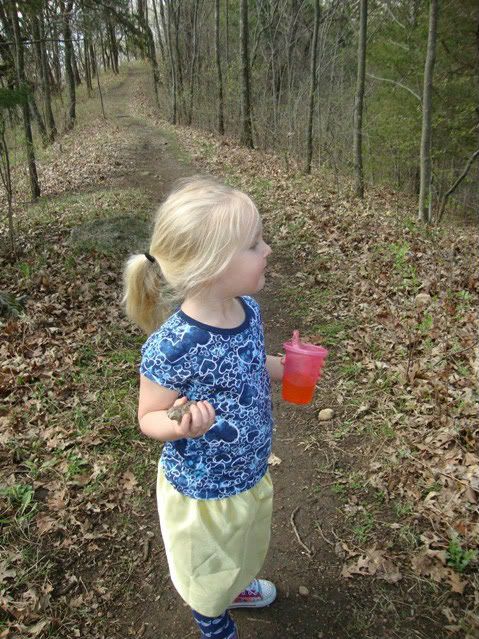
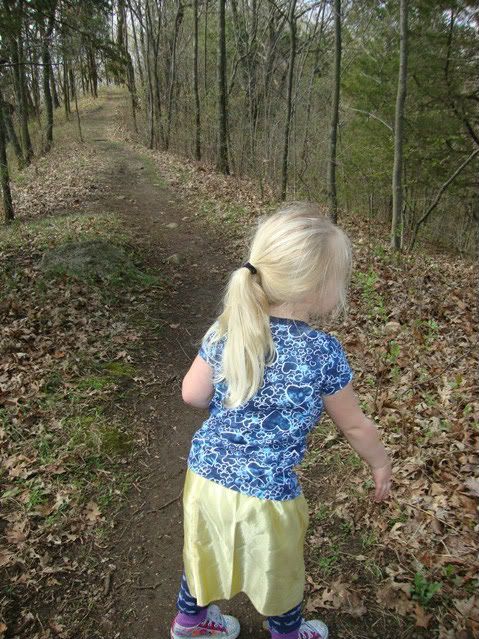
Completely THE COOLEST story...
ReplyDeleteThanks, Bill!
DeleteBTW...is it normal to still have Juncos this time of year? We have them around the house still, and I always thought they were gone by now....
Hey that gray wolf looks a lot like a big coyote.
ReplyDelete